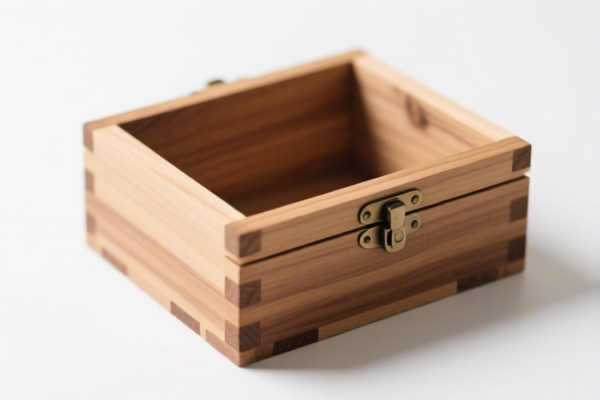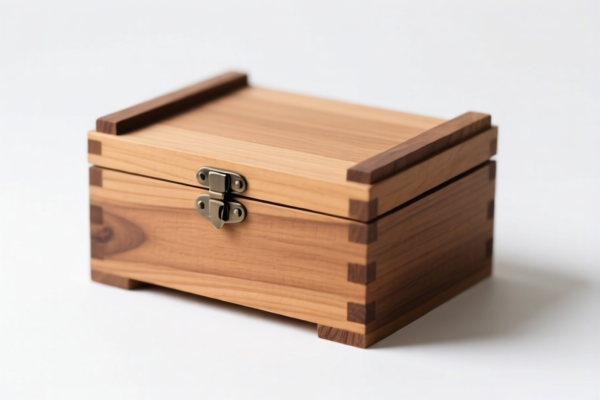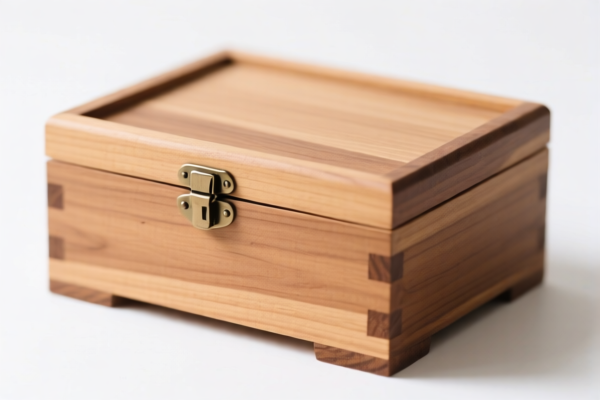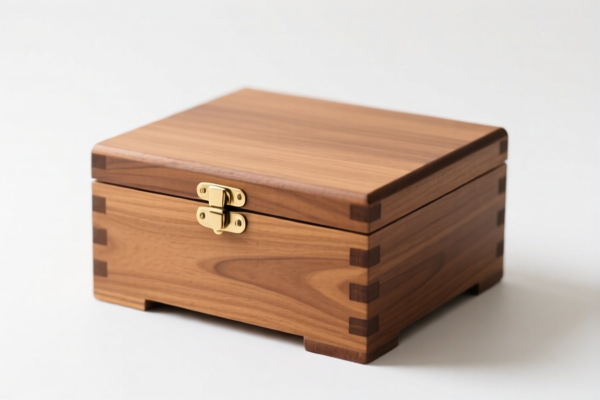| HS Code | Official Doc | Tariff Rate | Origin | Destination | Effective Date |
|---|---|---|---|---|---|
| 4417008090 | Doc | 60.1% | CN | US | 2025-05-12 |
| 4417008010 | Doc | 60.1% | CN | US | 2025-05-12 |
| 4421919820 | Doc | 58.3% | CN | US | 2025-05-12 |
| 4421999820 | Doc | 58.3% | CN | US | 2025-05-12 |
| 9503000071 | Doc | 30.0% | CN | US | 2025-05-12 |
| 9503000090 | Doc | 30.0% | CN | US | 2025-05-12 |
| 9506990530 | Doc | 37.5% | CN | US | 2025-05-12 |
| 9506996080 | Doc | 41.5% | CN | US | 2025-05-12 |
| 1213000000 | Doc | 55.0% | CN | US | 2025-05-12 |
| 1201900090 | Doc | 55.0% | CN | US | 2025-05-12 |
| 1201900005 | Doc | 55.0% | CN | US | 2025-05-12 |




Wooden Tip
A wooden tip, in its most common context, refers to the pointed end of various writing and drawing instruments, historically and presently. However, the term can also apply to other objects utilizing wood for a pointed functional element.
Material
Typically constructed from wood, the specific species varies depending on the intended application. Common woods include:
- Cedar: Often used for pencils due to its softness, straight grain, and ease of sharpening.
- Basswood: A softer wood suitable for drawing and sketching pencils.
- Incense Cedar: Aromatic and favored for colored pencils.
- Other Softwoods: Pine, poplar, and similar easily-workable woods are sometimes employed.
Purpose
The primary purpose of a wooden tip is to provide a structural housing and comfortable grip for a core material (typically graphite, color pigment, or lead) allowing for controlled application of that material to a surface. It enables marking, writing, drawing, and shading.
Function
The wooden casing performs several key functions:
- Support: Holds the core material securely.
- Sharpening: Allows for repeated shaping of the core into a point for precise lines.
- Grip: Provides a comfortable surface for the user to hold and manipulate the instrument.
- Protection: Shields the fragile core from breakage during use and storage.
Usage Scenarios
Wooden tips are integral to a wide range of applications:
- Writing: Standard pencils for note-taking, drafting, and general writing tasks.
- Drawing & Sketching: Pencils of varying hardness for artistic expression, technical illustrations, and preliminary sketches.
- Coloring: Colored pencils for artwork, illustrations, and shading.
- Mechanical Pencils: While utilizing a mechanical mechanism for lead advancement, these pencils still employ a wooden casing around the lead core.
- Pastel Pencils: A wooden casing holds a compressed pastel core.
- Other Applications: Historically used in architectural drafting tools, and found in some specialized marking instruments.
Common Types
- HB Pencil: The most common type, representing a balance between hardness and softness.
- H Pencils: Harder leads, producing lighter, finer lines and holding a point longer. Used for technical drawing and drafting.
- B Pencils: Softer leads, producing darker, bolder lines and smudging more easily. Used for sketching and shading.
- Colored Pencils: Contain pigment mixed with a binder, encased in wood. Available in a wide range of colors and hardness grades.
- Mechanical Pencil Leads: Thin graphite cores inserted into a mechanical pencil housing, often encased in a small wooden tip for initial insertion.
- Wood-cased crayons: While primarily wax-based, some crayons utilize a wooden casing for structural support.
Based on the material, use, function, and application scenarios, "wooden tip" refers to a pointed component made of wood, typically used as a component in pencils, crayons, or similar writing/drawing instruments. It serves as the core coloring or writing element.
Here are the relevant HS codes found within the provided reference material:
- 4821.10.00: Matches wood pencils. This heading covers pencils with a graphite or other core, with or without wood casing. The wood component is central to the product's function.
- 4821.21.00: Covers crayons. Crayons consist of a coloring material encased in a wooden holder. The wooden component provides structural support and a gripping surface.
- 4821.22.00: Includes colored pencils. Similar to crayons, colored pencils feature a coloring core within a wooden casing, used for drawing and coloring.
- 4821.90.00: This heading encompasses other articles of graphite, with or without wood casing. If the wooden tip is part of a specialized article not specifically covered by 4821.10.00 or 4821.21.00/22.00, this code may apply.
Explanation of HS Code Sections (based on provided material):
- 48: Chapter 48 covers articles of wood, including pencils.
- 21: Heading 21 specifically relates to articles of graphite, including pencils, crayons, and colored pencils.
- 10.00: Subheading 10.00 denotes wood pencils.
- 21.00: Subheading 21.00 covers crayons.
- 22.00: Subheading 22.00 includes colored pencils.
- 90.00: Subheading 90.00 covers other articles of graphite.
Proactive Suggestions:
Regarding HS code 4821.10.00 (wood pencils), the reference material indicates that the quality and type of wood used may be subject to verification. Additionally, for all articles under heading 4821, documentation proving the graphite content may be required.
Customer Reviews
No reviews yet.